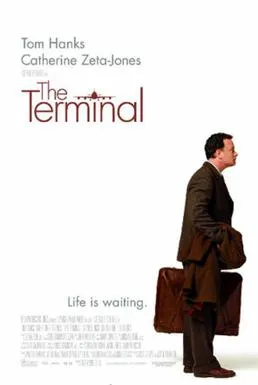Historical accuracy of The Terminal

Historical accuracy of The Terminal

Characters
Viktor Navorski
Viktor Navorski's situation (being stateless and trapped in an airport terminal) was inspired by the true story of Mehran Karimi Nasseri. However, Viktor's nationality (fictional Krakozia), personality, backstory (jazz quest), and specific experiences are fictional.
Frank Dixon
Frank Dixon is a fictional character created as the primary antagonist, representing the inflexible and sometimes inhumane side of bureaucracy. He is not based on a specific real airport official.
Amelia Warren
Amelia Warren is a fictional character created for the film's romantic subplot. There is no indication Mehran Karimi Nasseri had a similar relationship during his time at the airport.
Story
The political coup in Krakozhia
The political coup that invalidates Viktor's passport and renders him stateless is a fictional plot device. It sets up the central premise of the film but is not based on a real historical event.
Living in an airport terminal
The film's central premise of Viktor being forced to live in an airport terminal is inspired by the real-life story of Mehran Karimi Nasseri, an Iranian refugee who lived in Charles de Gaulle Airport for 18 years. However, the film takes significant liberties with the details and dramatizes the situation.
Setting
The portrayal of airport security
The film portrays airport security and customs officials, but it simplifies and sometimes exaggerates their roles for comedic and dramatic effect. The film's portrayal is not a completely accurate reflection of airport procedures.
The depiction of New York City
The film offers glimpses of New York City, but its portrayal is often romanticized and idealized. The film's focus is on the airport terminal, not on a realistic depiction of the city.
The real history behind The Terminal
18 years in the airport
Mehran Karimi Nasseri's story is one of extraordinary limbo. An Iranian refugee, he lived in Charles de Gaulle Airport's Terminal 1 for 18 years, from 1988 to 2006. Stripped of his documents, he was caught in a bureaucratic nightmare, unable to enter France or be deported. He became a fixture of the airport, his tale inspiring the film 'The Terminal.' While the film portrays a more romanticized version, Nasseri's reality was one of isolation and uncertainty. He eventually received refugee status in France but his later life was marked by health issues and a return to the airport. Nasseri's story raises questions about displacement, bureaucracy, and the meaning of home.
